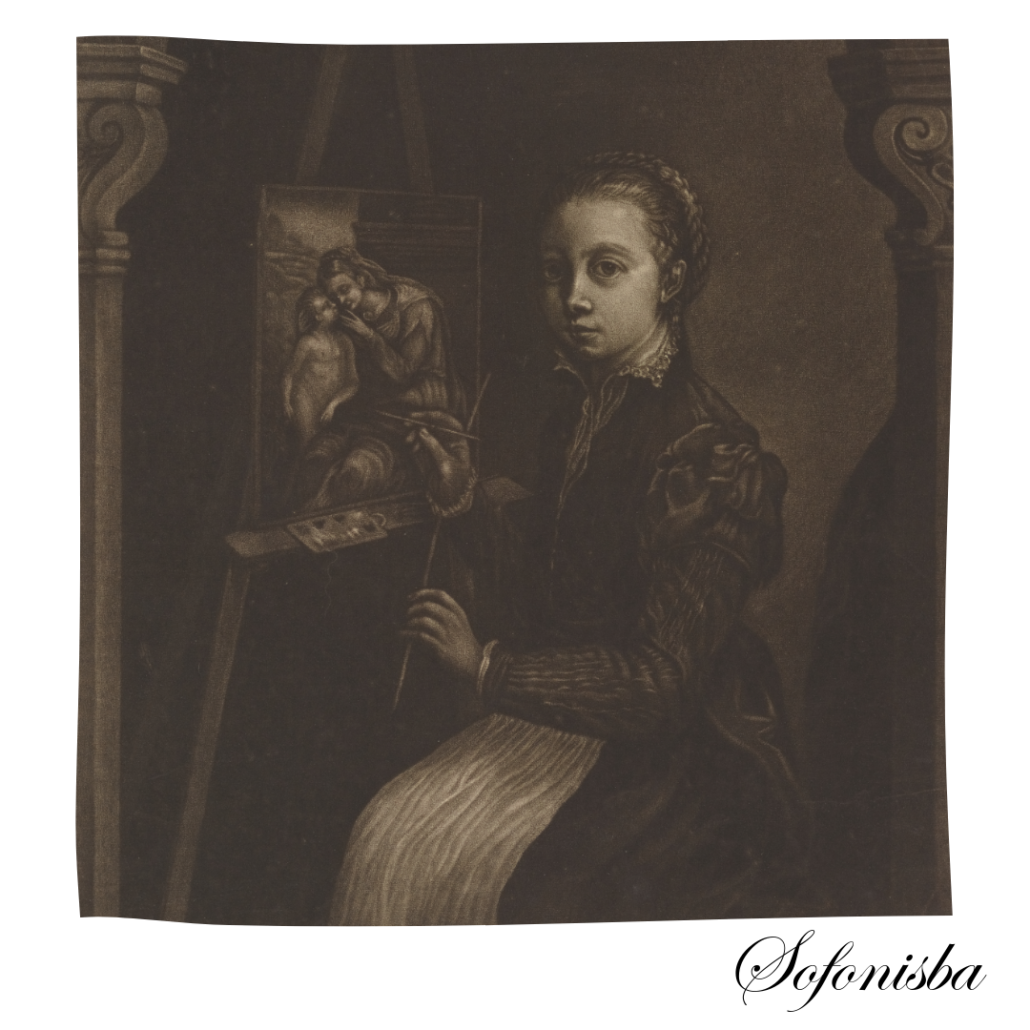THE CREATION OF EVE
The Atlanta Journal-Constitution named Lynn Cullen’s second historical novel, The Creation of Eve, among the best fiction books of 2010. The American Booksellers Association named it an April 2010 Indie Next selection.
It’s 1559, and 27-year-old Sofonisba Anguissola, a celebrated Italian artist studying with the great Michelangelo, has just blown the chance of a lifetime. “In the time it takes to pluck a hen,” she writes in her journal, “I have ruined myself.”
No longer can she sign her paintings “Virgo.”
Born in 1532, the real Sofonisba was renowned in her native Cremona and throughout Italy as a leading painter of the Italian Renaissance. Yet beginning in 1560, she would spend the next ten years as a lady-in-waiting and art teacher to the queen of Spain, abandoning her career at the height of her popularity.
In The Creation of Eve, Cullen’s lavishly detailed, sparkling re-creation of that period, an ill-fated love affair with a fellow student in Rome cuts short Sofonisba’s studies. When no marriage offer materializes, she accepts a different proposal: an appointment from King Felipe II to teach his latest wife “her colors.”
On arrival in Toledo, the artist’s star quickly fades. “I am less of a person here now,” she notes, “than I was in Cremona.” She soon finds, however, that life in the Spanish court consists of dangerous liaisons and lethal jealousies that make her reduced status the least of her worries.
Nor can she outrun her past: The head of the Inquisition in Spain wants to talk to her about her old teacher Michelangelo’s controversial love life — and his involvement with the lover she still hopes to marry.
The story unfolds in Sofonisba’s journals, along with notes on her craft, herbal remedies and relevant, occasionally gory, historical facts. “I have heard,” she writes, “the English queen, Kathryn Howard, had been feeding her dogs bits of boiled chicken when King Henry’s men came and took her screaming down the halls of Hampton Court.” Within days, she adds, Kathryn lost her head.
Before long, Sofonisba worries that her irrepressible charge will meet a similar end. Flirty, careless and at first too young to produce an heir, Elisabeth de Valois prefers her new teenage companions — the king’s handsome half-brother, Don Juan, and his son, Don Carlos — to her stiff, pompous husband.
Especially the aptly named Don Juan.
A noblewoman by birth, Sofonisba is no stranger to the repercussions should Elisabeth fail to carry out her wifely duties — or worse, be caught in some not-so-innocent flirtation. For in 16th-century Spain, “when a king wishes to punish his wife for an indiscretion, it is not called murder.”
There couldn’t be a finer Renaissance reporter than this intelligent, educated, sharp-eyed romantic. She notices everything — and what she misses, her servant, Francesca, eavesdropper extraordinaire, is sure to catch. Sofonisba’s notebooks are filled with shrewd observations of the brutal realities of court life, as well as the economic difficulties, religious conflict, piracy and war that threaten a powerful empire. She gives us vivid portraits of the ruthless Catherine de’ Medici; the gloomy, scheming Spanish courtiers; a passionate but misunderstood king; and a “little sprite” of a queen plagued by unexplained fevers and rashes.
Her scientific training also enables her to grasp the potential of a recently imported New World plant with poisonous properties.







